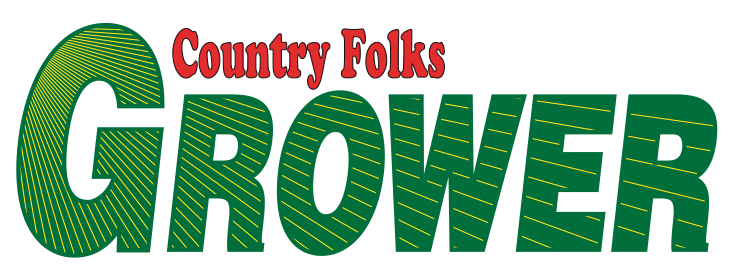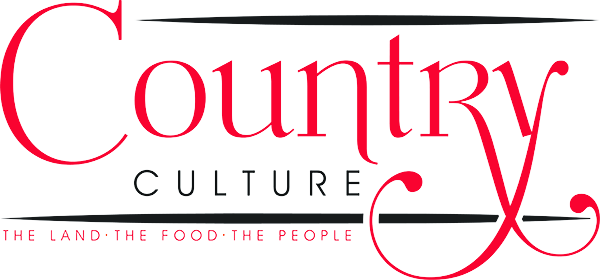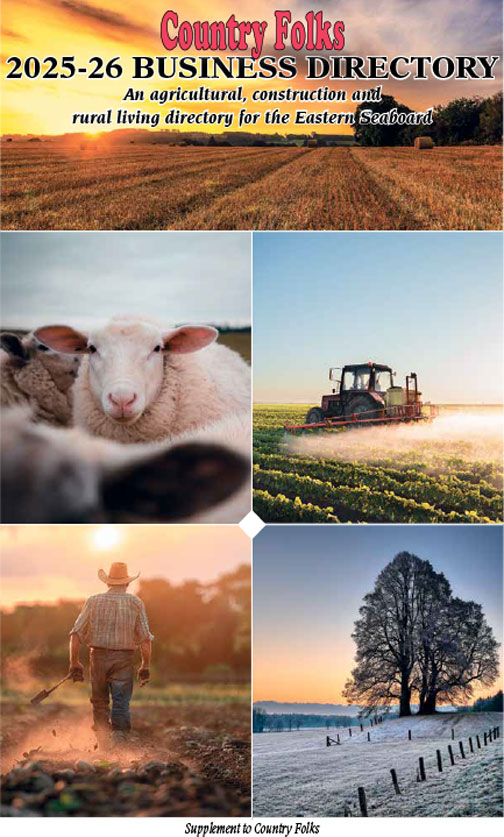May 28, 2025
Winning ways with Limousin cattle
For some farms, the wisdom of the previous generation keeps a good thing going. This is the case for Locust Lane Limousins in Perry, NY. Drew Wisely had an early start with purebred cattle, and thanks to his grandfather Mike Kelly, Wisely developed an innate sense of selecting sires that began when he was young. Kelly





